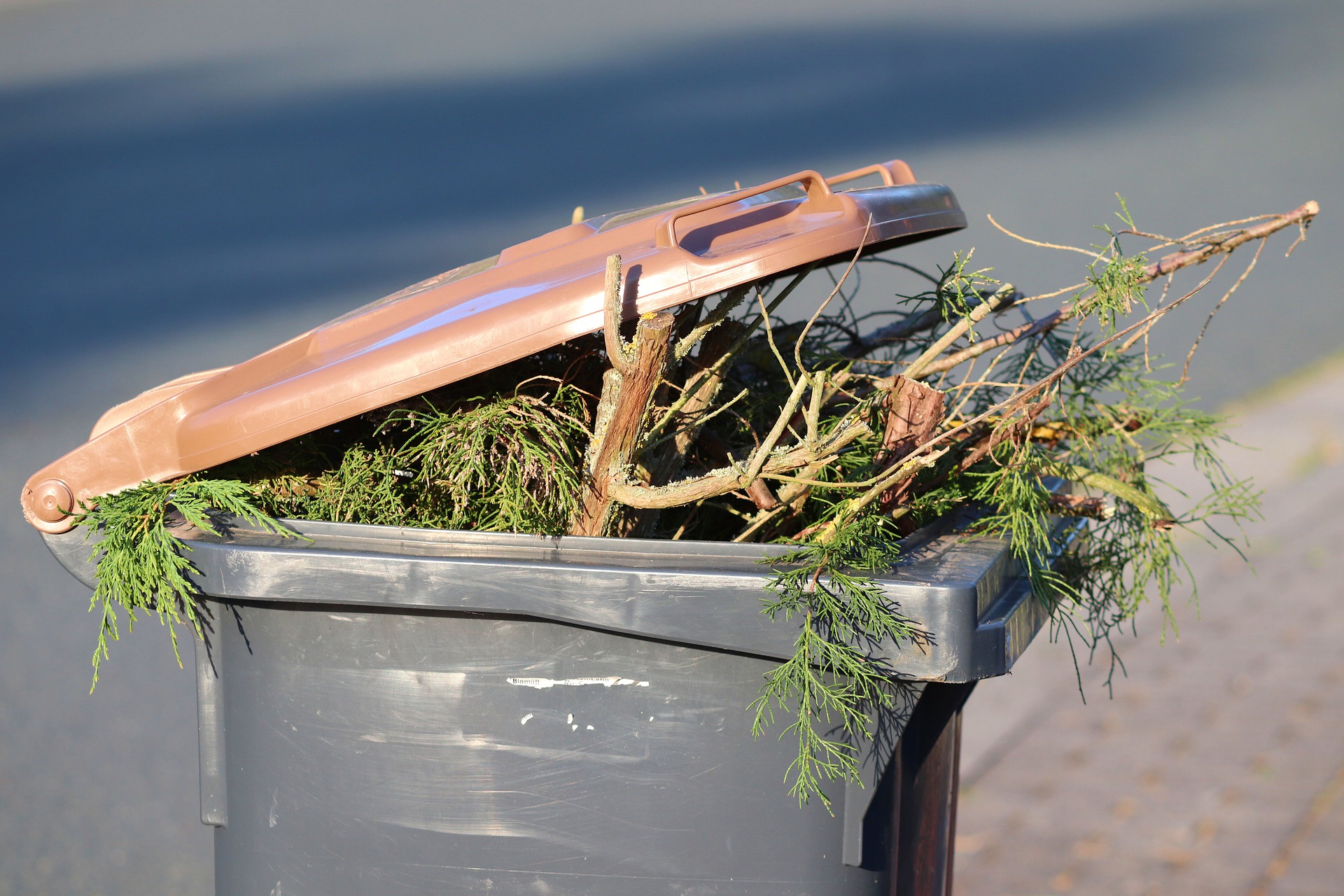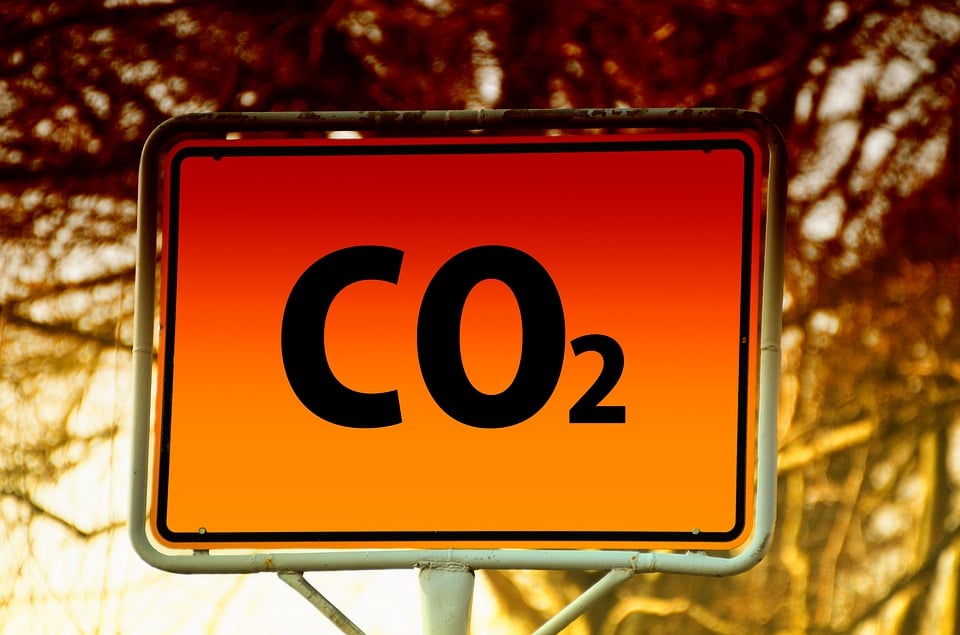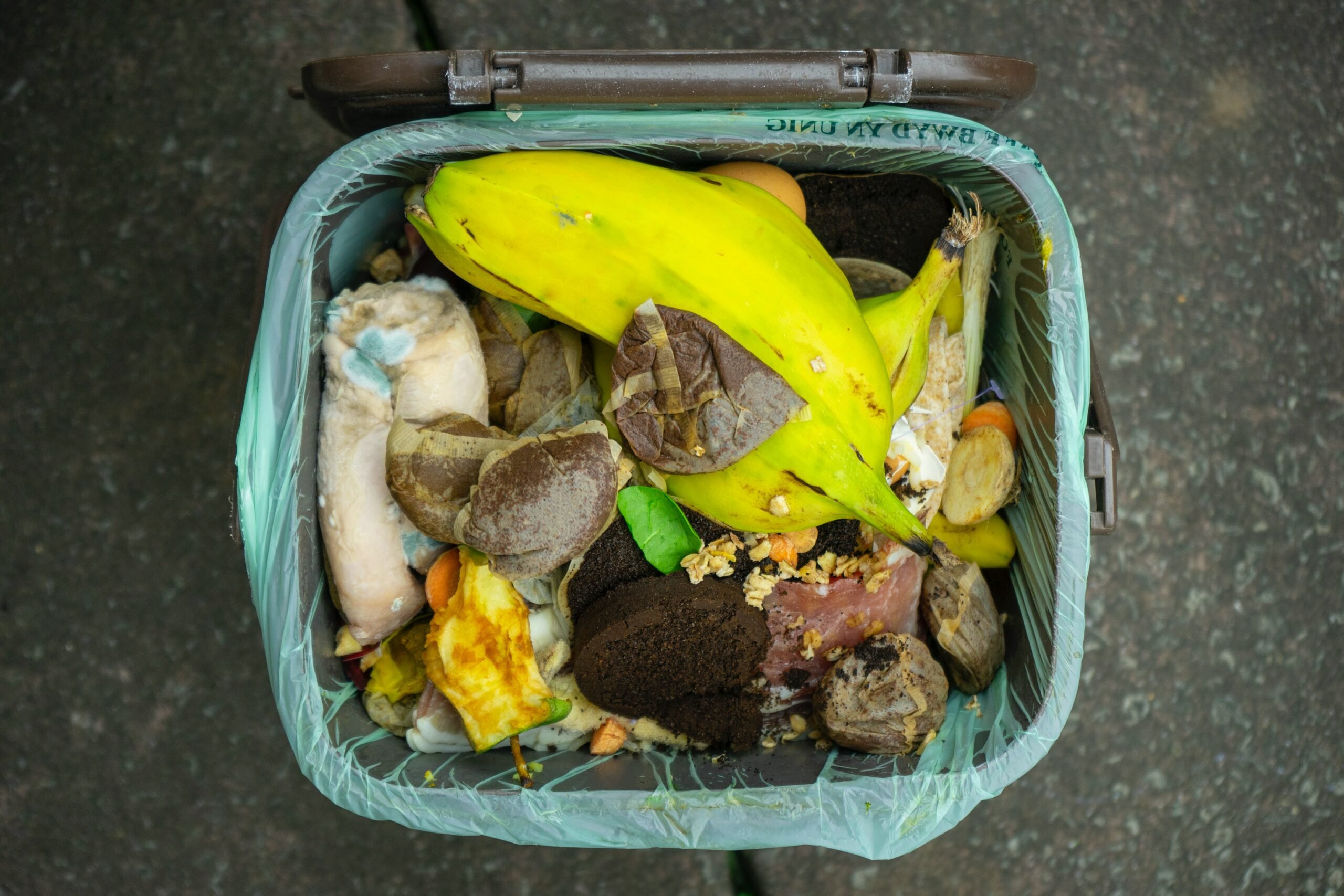
Circularity is one way to help make the green transition happen. Now, everything can get a second life, and even what we used to consider trash can be a valuable resource. The same goes for industrial byproducts. If producing biogas and methane from organic trash is nothing new, that does not hold true for green hydrogen, which researchers are trying to produce from this kind of waste.
At the German Fraunhofer Institute for Manufacturing Engineering and Automation (IPA) research is now focusing on producing carbon-negative hydrogen using biomass and plant residues. Scientists are exploring several HyBECCS (Hydrogen Bioenergy with Carbon Capture and Storage) approaches to get H2 from waste materials that would otherwise remain trash. From bacteria-based bioreactor treatments to thermochemical gasification approaches, the options are numerous.
Waste as a hydrogen source
The German Environment Agency reports that 15 million tonnes of organic waste is produced in the country – including from household waste, agricultural waste and waste from food production. This portion either goes to composting plants or incinerators. The European Environment Agency also stressed the relevance of treating this waste properly in order to generate heat or produce sustainable fuels. So, getting hydrogen from waste would create added value.
“In previous projects where waste from the food industry was converted to hydrogen, I was struck by how large the carbon dioxide fraction was. The main achievement was to produce a source of biogenic CO2that is a by-product of hydrogen production. This means that H2 can be used in a climate-neutral way and carbon dioxide can be stored,” Johannes Full explains. He is head of the group Sustainable Development of Biointelligent Technologies at Fraunhofer IPA in Stuttgart.

Bacteria can produce hydrogen
The proper management of organic waste helps to reduce emissions. When it is dumped in landfills, carbon dioxide and methane are released – some of the major greenhouse gases that pollute the air. One of the main methods of processing waste in biological treatment facilities is anaerobic digestion – which is an alternative to composting. It entails placing waste in a container devoid of air. Bacteria then break down the waste and allow methane to be captured, while the remaining matter can serve as a sustainable type of fertilizer.
In one of the approaches that Full and his team are experimenting with, so-called purple bacteria – that’s their color – are the key players. “These photosynthetic bacteria can convert agriculture and food industry waste into hydrogen. In other words, they can produce H2 through light. Professor Robin Ghosh’s team from the Institute of Biomaterials and Biomolecular Systems at the University of Stuttgart found a way to grow this bacteria without light. This is a considerable breakthrough, as there is no need for more sophisticated photobioreactors to grow them,” explains Full.
According to the researcher, one more year of research will help the concept move from a lab scale to a bigger one.
Fire decomposition and fermentation
One other approach that researchers are currently testing is methane pyrolysis. This process converts biogas into hydrogen and solid carbon. As the ancient Greek etymology suggests – literally dislodging with fire – it involves the use of fire to dissolve the material. Moreover, this thermal decomposition occurs at over 500 degrees, without the presence of any air.
Full: “On one hand, we get a gas fraction which contains hydrogen. On the other, we get solid carbon as a product. This makes storing it easier- no further conversion is needed.”

Johannes Full
Head of the Sustainable Development of Biointelligent Technologies group at Fraunhofer IPA
With his team, he’s experimenting a number of methods to get hydrogen out of biowaste.
Another avenue that the Fraunhofer team is currently testing is dark fermentation. This process can be viewed as one part of the whole biogas production procedure. Essentially, the same waste streams are fed into a bioreactor – as is the case in the normal biowaste treatment procedure – but for a shorter period of time. This ensures that hydrogen and carbon dioxide are not converted to methane.
“The main disadvantage of this process is that we don’t get a very high yield of hydrogen from it compared to other methods,” Full emphasizes. “On the flip side, it’s an energy-efficient procedure that can be done in standard bioreactors. It is an upgrade to biogas processing in that it provides another product in addition to biogas, which is hydrogen.”
Genetically modified bacteria
Full also cites the genetic manipulation of bacterial streams. According to him, genetic engineering will lead to bacteria behaving the way researchers want them to. Microorganisms will then play a role in either biohydrogen and HyBECCS processes or fermentation. Higher yields and better efficiency can be achieved this way. “If we make bioprocesses more adaptable to waste by developing intelligent and self-adaptive control systems, we will arrive at even more efficient, biointelligent systems,” the team leader adds.

Hydrogen hubs
The Stuttgart cohort also worked on a new model of a hydrogen-based economy. Industrial Hydrogen Hubs in Baden-Württemberg is the name of a study that showed the potential of green hydrogen to cover specific energy demands – such as heavy goods traffic – in the area. Specifically, several hydrogen production hubs were set up as part of the model. For the model to be successful, the strategic positioning of the hubs played a key role.
“We thought about how to bring about hydrogen economies without having to overhaul the whole energy system. The basic premise was to think about decentralized production – and use hubs – through, for example, the use of biogas, photovoltaics, wind power or biogas plants. The next step was to find a local market where we wouldn’t have to build a large infrastructure. This way, we wanted to prove that decentralized production is feasible. Then all of these nuclei can continue to grow towards the goal of a hydrogen economy,” Full concludes.

